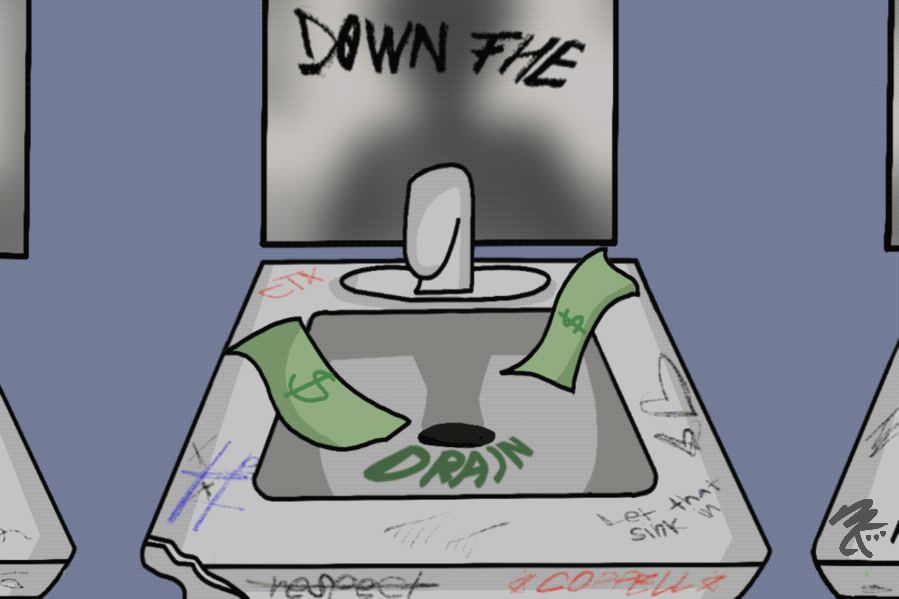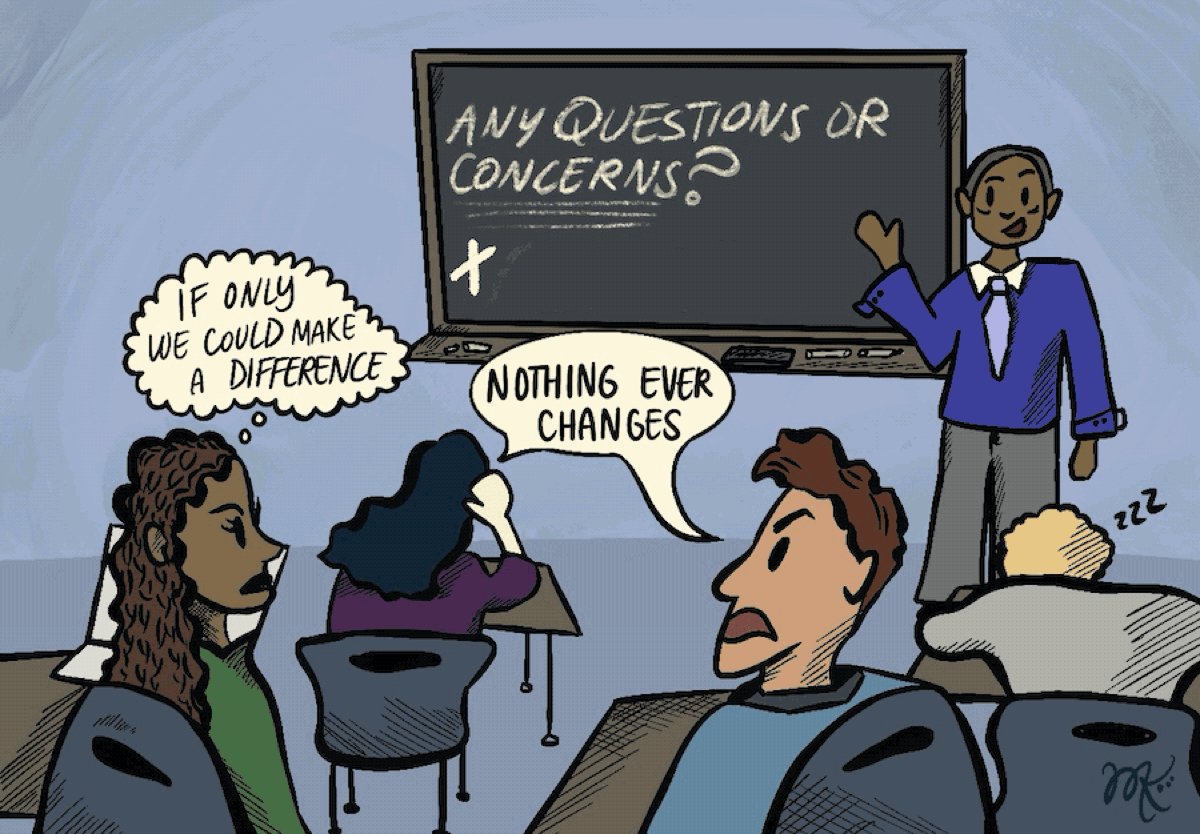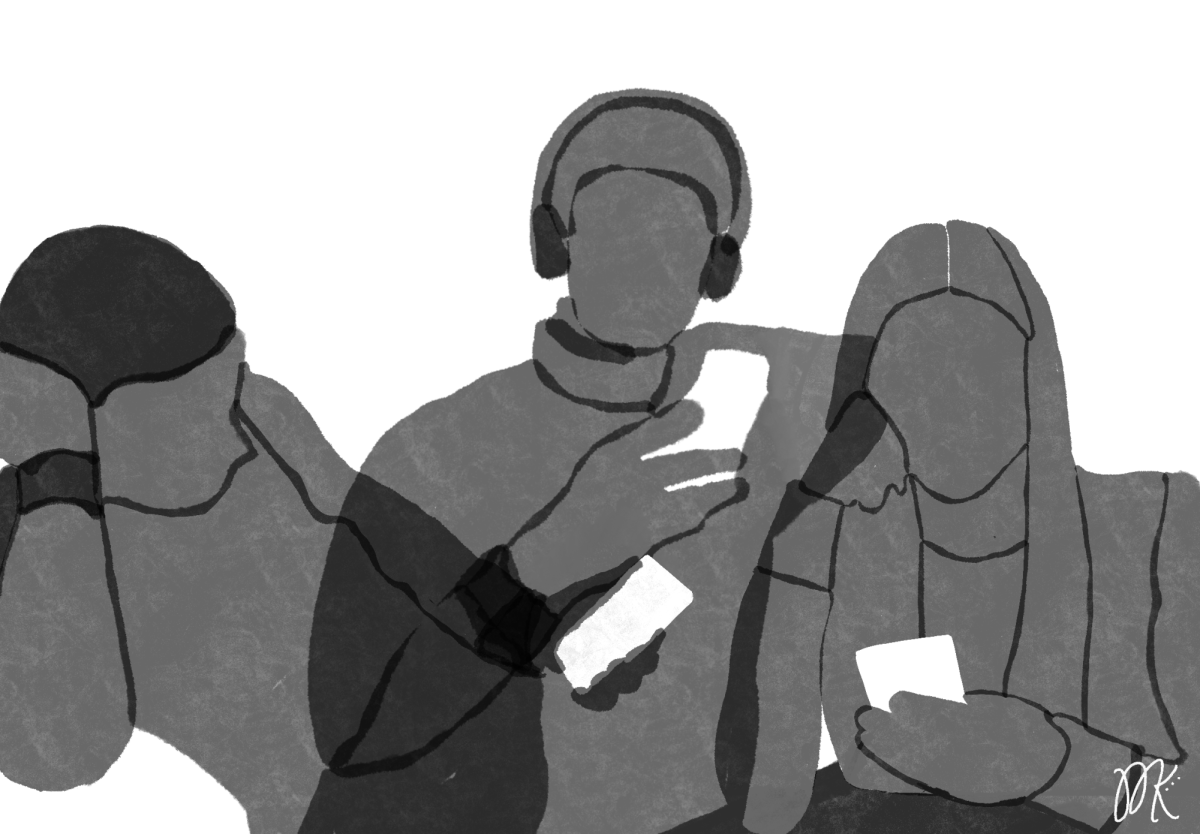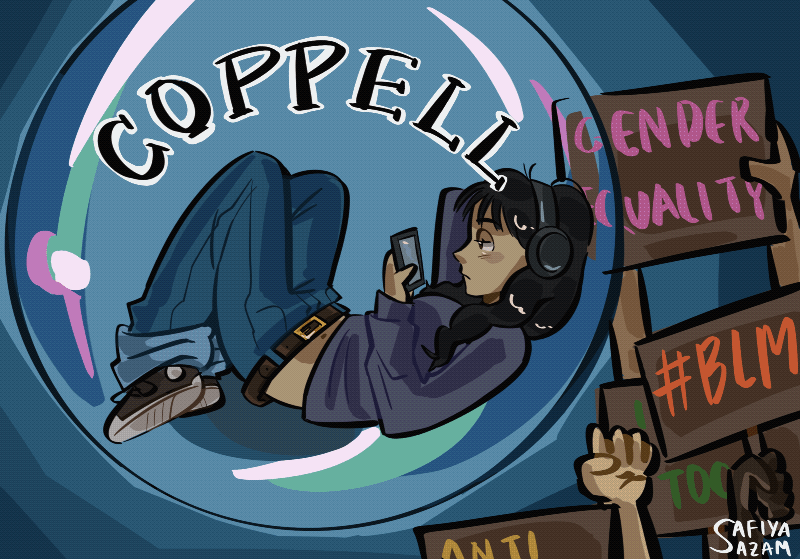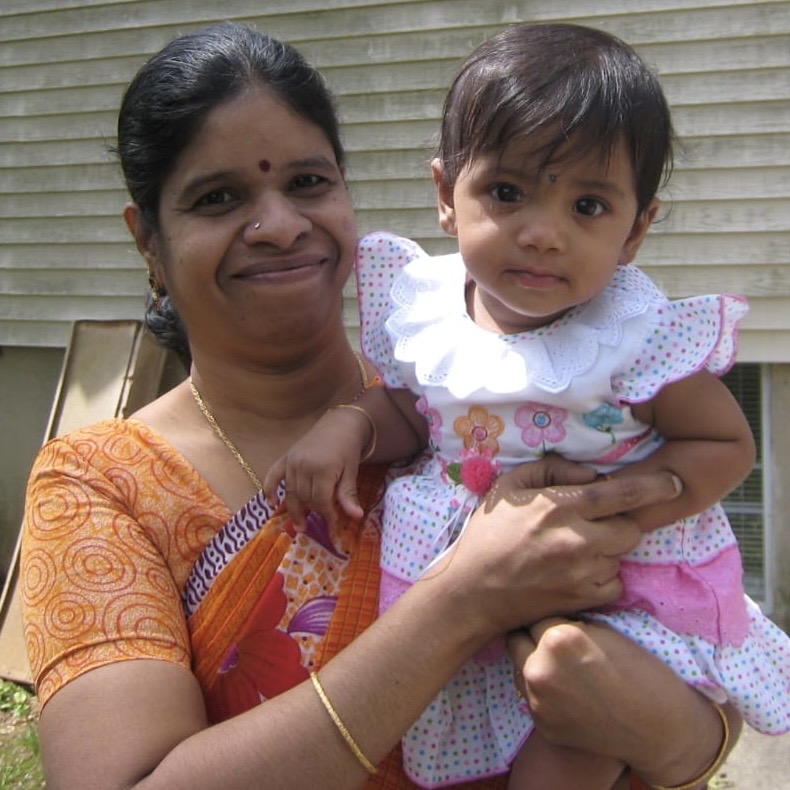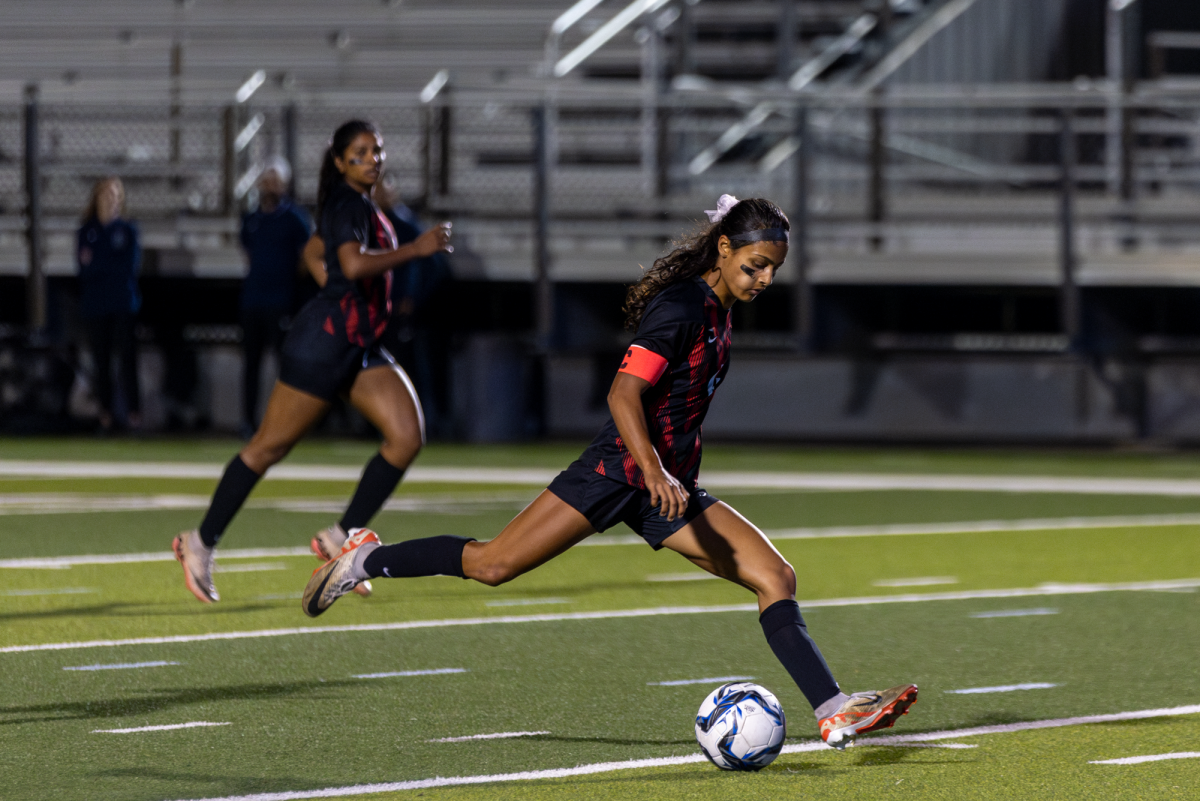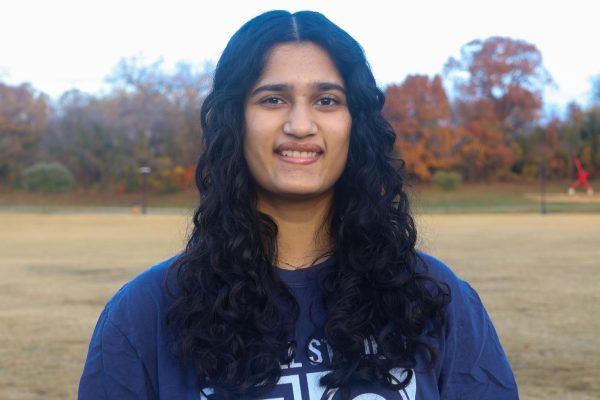In the past, racial-based affirmative action in college admissions was used to provide diversity in admissions to enforce the Civil Rights Act of 1964. Affirmative action was banned across the country on June 23 because it could not abide by the Equal Protection Clause.
The ban now places every high school applicant standing shoulder to shoulder on even ground for college admissions, parallel in terms of their future. Now, each high school student is equally likely to get into any college, but is that how it should be?
Should we be given equal chances when we don’t have equal opportunities?
Would it be fair for minorities of low economic status to compete with middle and higher-class students, not growing up with the academic and financial opportunities of their competitors?
In relation to education opportunities, the quality of the social surroundings, education and psychological support are limited for students of lower socioeconomic status. Students of low financial security are on average five years behind in literacy skills than those of high-income high school students. In relation to writing college required essays, a valued factor in admissions, the level of literacy measured is dependent on the household income. With colleges beginning to adapt a more holistic approach to applications, ‘standing out’ against other students through extracurriculars matters.
For the students who cannot afford SAT prep sources, textbooks, college counselors and tutors, how can they compare academics and extracurriculars with those who do?
Not only resources but the time allocation of lower economic minority students varies greatly, with part-time jobs leading to low academic performances and substance abuse. The time a student spends a week working jobs to provide basic self-sustainability removes from time spent studying and doing homework, often creating more stress and failing grades.
If colleges aim to make admissions equal, they should take the background of each student into consideration, deeper than race, and scale their accomplishments in scope with their access to resources and time expenses. Rather than relying solely on targeted scholarships, colleges should implement a quota system for students facing economic disadvantages in every admissions cycle.
To be inclusive, affirmative action should be reframed as being more comprehensive and less controversial towards the students who depend on it.
Now is the time for a call to action and awareness regarding low economic status not having an equal chance to compete with other socioeconomic status students, with the current rolling college admissions and recent shift of affirmative action.
In Coppell, 15.3% of households have an average income of less than $50,000, which is the upper limit of a lower-class economic status. Although It may seem like the majority of students in Coppell ISD are middle to upper class, the reality is that exposure to opportunity varies with the socioeconomic status in Coppell.
As a student body, we do not realize the individual opportunities we receive in comparison to those of our peers, dismissing the privilege of higher education as a standard expectation. Acknowledgment of the socioeconomic disbalance in education and its effects on college acceptances is the first step towards creating equilibrium admissions.
Some may argue that distinguishing socioeconomic status may create more discrimination and to have an equal chance, background statistics should not matter. While it is true that the most simple way for admissions to appear to consider one’s profile unbiased is to remove any ‘special’ treatment, it is essential to ensure equal chances and bridge the academic gap between students brought up in different economic environments.
From a high schoolers perspective, students of middle-higher socioeconomic class may reason that their hard work is being compromised and admission chances reduced by having a quota reserved for lower economic students. However, the purpose of a special quota is not to take away opportunities from deserving middle and higher class students but to compare their application to the economic flexibility and resources behind their academic career. Like the previous purpose of affirmative action, it acts to even the playing field, addressing unequal admission chances as something that should be relative to the experience of each student, not standards set by middle-higher socioeconomic status students with tutors and paid academic assistance.
Many colleges and universities already have a recommended question in their application process, allowing students to write if there is any additional information about their circumstances, but it is not a uniform availability. Enforcing a quota will enforce questions about the student’s access to resources and their growth from it.
With the controversy in the ban of affirmative action in college admissions, socioeconomic based quotas provide a new perspective, one that does not limit admission to stereotypes or generalization of racial identities.
As the admission process continues to experience change, we as students need to identify the path to economic diversity in college admissions. Our opportunities should not define our future, it should shape it. We are not defined by our socioeconomic and racial identities, but our willingness to embrace the curve for an equal future.
Follow @CHSCampusNews on X.




